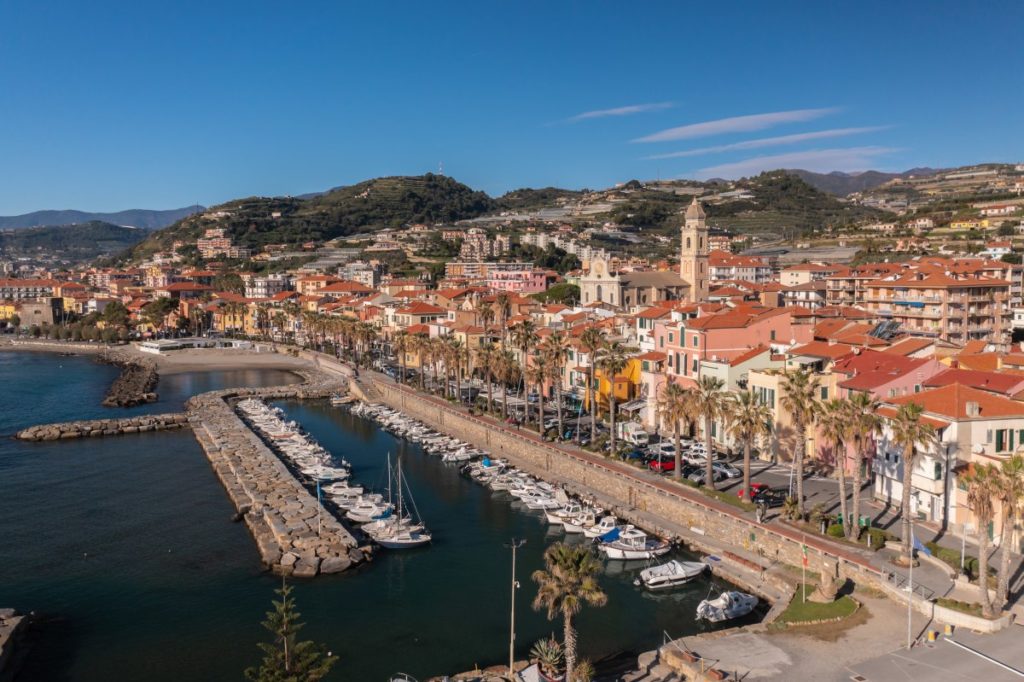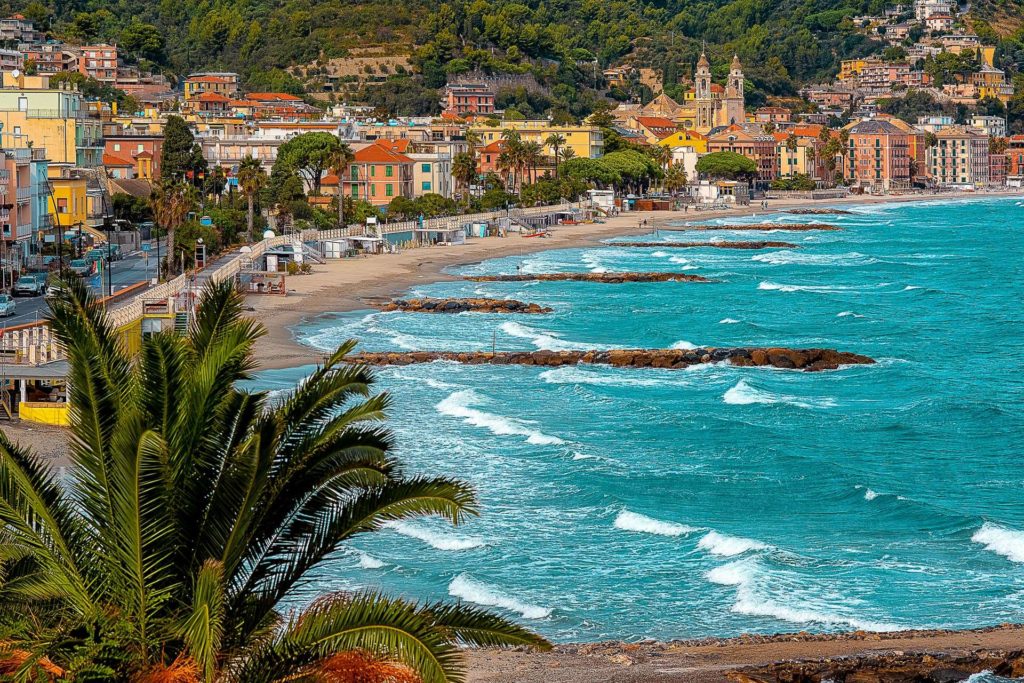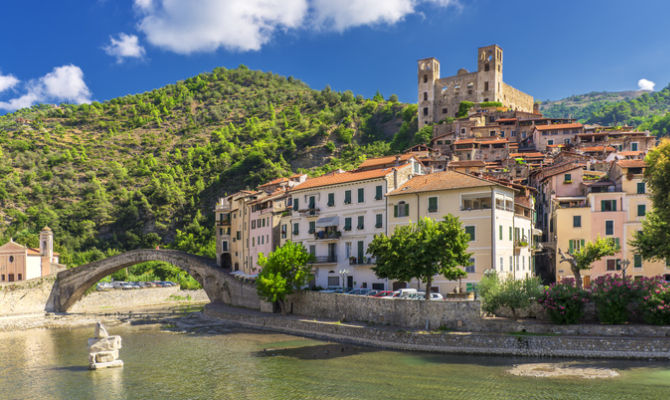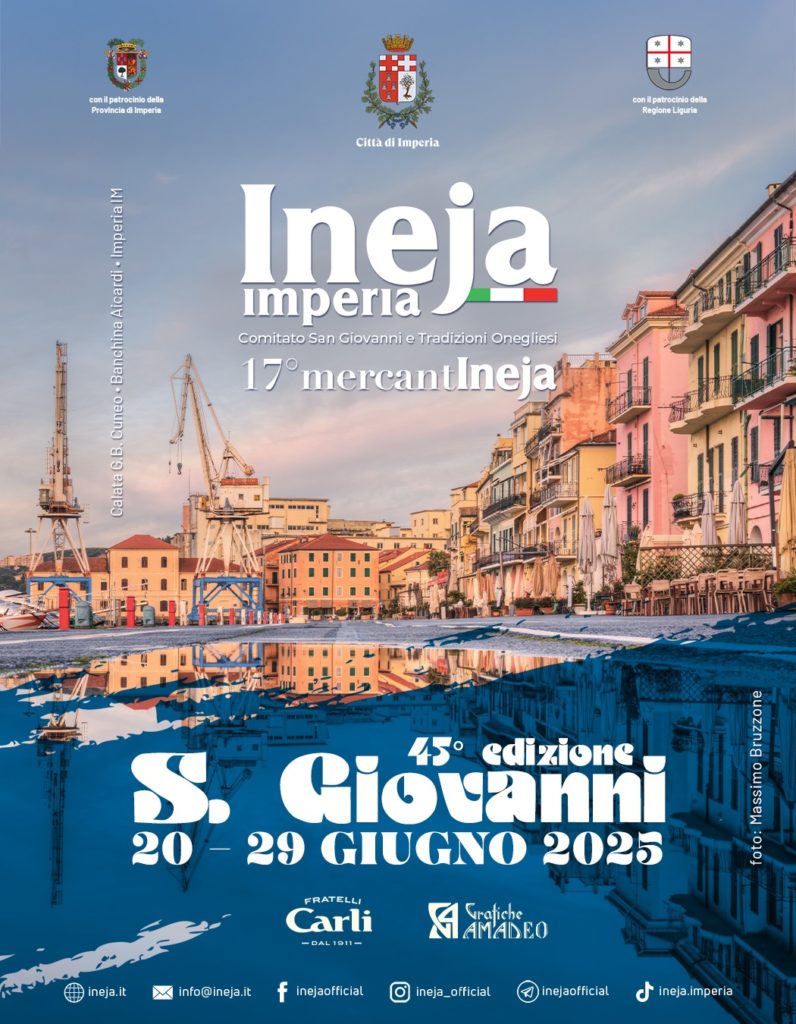The Italian Riviera has once again taken center stage on national television. In the latest report by PresaDiretta (Rai 3), the focus was placed on how the Ligurian coast is increasingly becoming one of the most attractive destinations for international buyers.
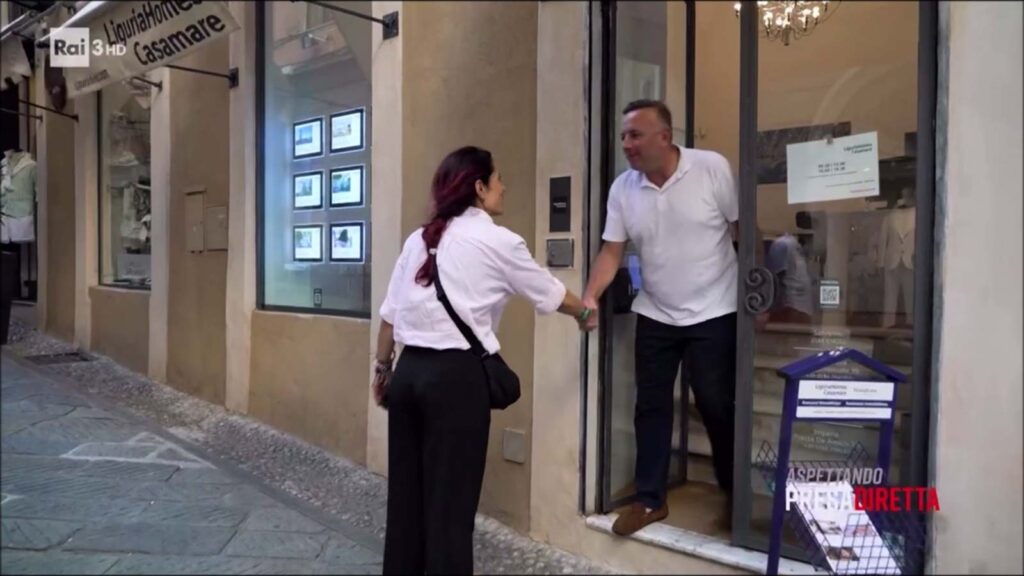
The episode, now available on RaiPlay, featured an interview with Matteo Scandolera, Managing Partner of LiguriaHomes Casamare, who shared his perspective on the rising demand from foreign clients and the growing appeal of the Riviera.
📺 Watch the full episode on YouTube (in Italian only)
More than tax benefits: Why the Italian Riviera stands out
One of the key aspects highlighted in the program is the €200,000 flat tax regime for new residents, which has become an important incentive for high-net-worth individuals relocating to Italy. Yet, the reasons why the Italian Riviera is experiencing such strong demand go far beyond taxation. The region offers a mild climate throughout the year, breathtaking landscapes that combine sea and hills, a unique cultural and gastronomic heritage, and the strategic advantage of being located just minutes from the French Riviera and major European hubs.
For many international buyers, Liguria is no longer just a holiday retreat. It has become a place to establish a permanent residence, to enjoy a Mediterranean lifestyle, and to take advantage of the opportunities the region offers both in terms of quality of life and long-term investment.
Properties for every lifestyle
The Riviera is often associated with exclusive villas overlooking the sea, and these remain highly sought-after. But the real estate opportunities available here are far more diverse. Modern or historic apartments in vibrant coastal towns, as well as charming village houses that preserve the authentic Italian spirit, also attract a wide range of buyers. This variety ensures that Liguria appeals not only to ultra-high-net-worth individuals but also to families, professionals, and retirees who are looking for a second home or a new beginning in Italy.
A trusted voice on national television
Being chosen by Rai 3, Italy’s national broadcaster, to comment on this phenomenon was an honor and a recognition of the professional role that LiguriaHomes Casamare has played for more than 30 years. Our agency has built its reputation as a point of reference for the Riviera thanks to its extensive presence across the territory, with offices in Sanremo, Ospedaletti, Bordighera, Imperia, Santo Stefano al Mare and, soon, a new office in Alassio. Equally important is our multilingual team, able to support clients in English, French, German, Russian, Spanish and more, ensuring that every stage of the buying process is clear and seamless for international clients. This combination of local expertise, international outlook, and decades of experience has positioned LiguriaHomes Casamare as the leading real estate group on the Riviera.
LiguriaHomes Casamare: your partner for buying in the Riviera
In partnership with Hamptons International, we provide tailored advice, multilingual assistance, and a curated selection of properties across the Italian Riviera. Our mission is to help clients from all over the world find not only their ideal property but also a lifestyle that reflects the best of what Italy has to offer.
🔗 Explore our properties in the Italian Riviera
📞 +39 0184 574262
📩 info@liguriahomes.com

